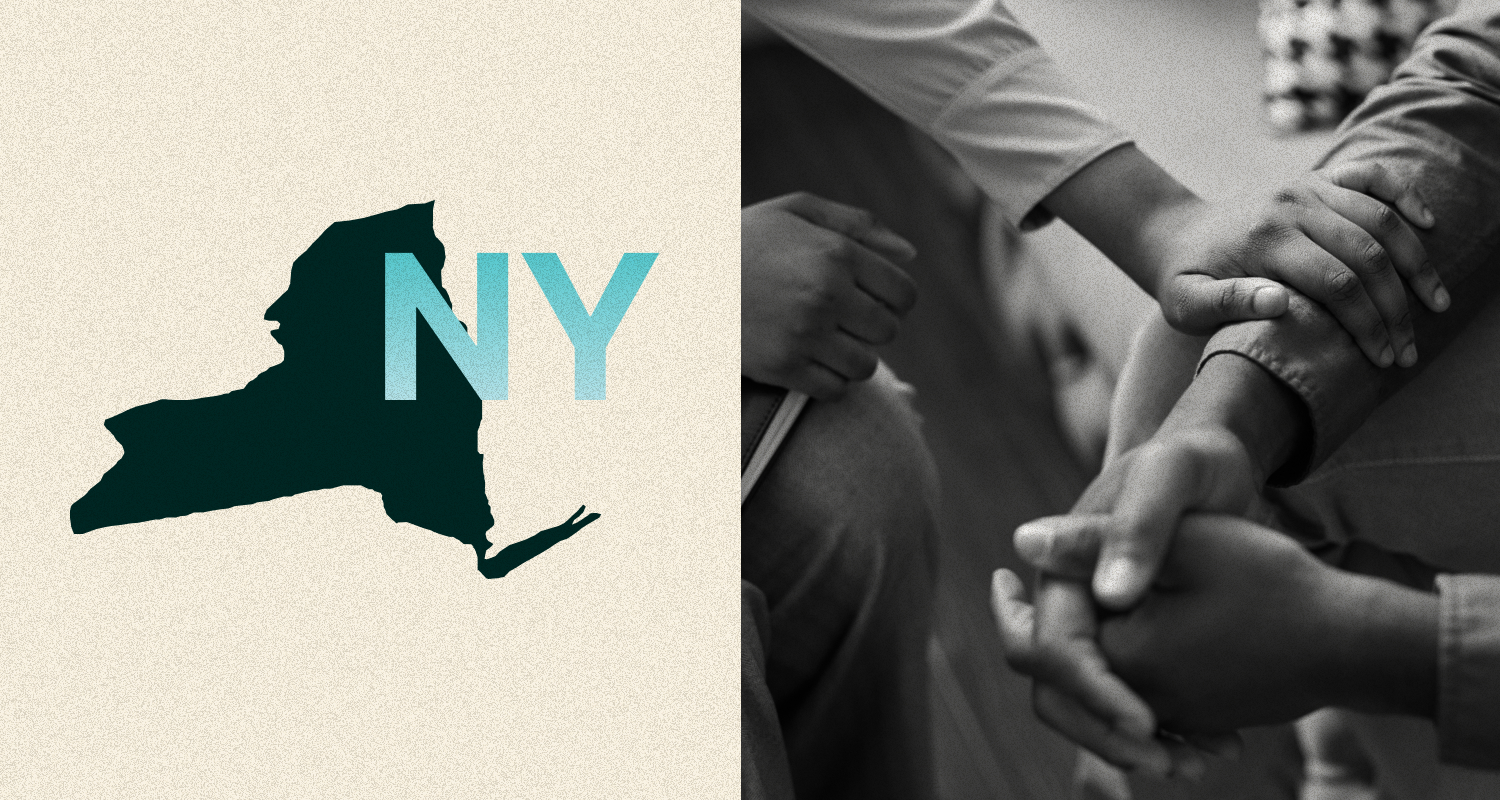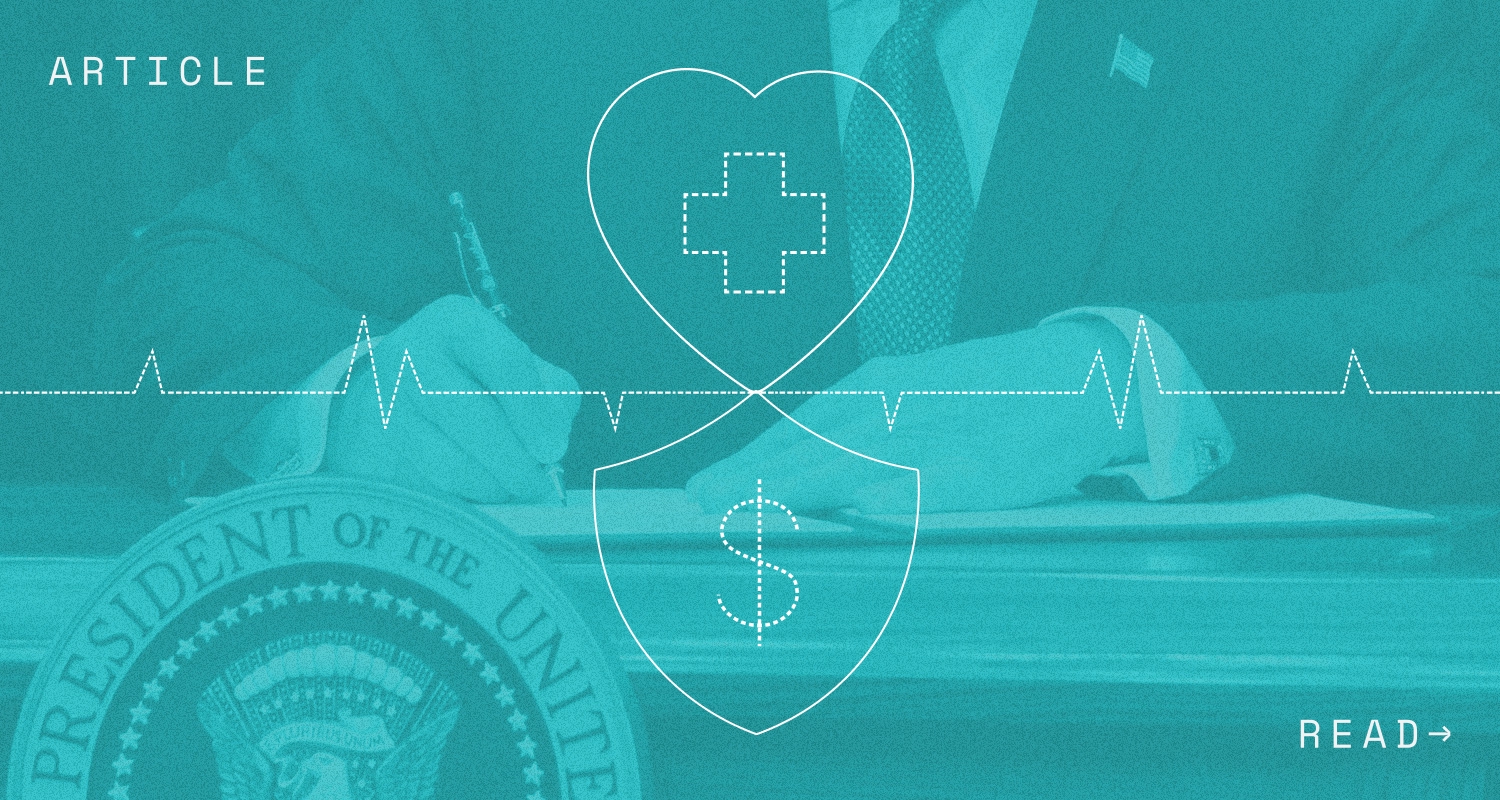Updated November 2020 – the California Department of Public Health on has released additional guidance and published memorandum on “Employer Questions about AB 685, California’s New COVID-19 Law” which provide general insight for employers on AB 685’s employee notification requirements as well as the reporting requirements to local health departments.
On September 17, 2020, California Governor Gavin Newsom signed AB 685, which requires employers to notify employees and public health authorities of certain COVID-19 workplace exposures and expands California Occupational Safety and Health Act (Cal OSHA) authority to issue Stop Work Orders at workplaces that pose an imminent hazard to employees due to COVID-19. AB 685 will take effect on January 1, 2021 and will remain in effect until January 1, 2023.
Compliance Snapshot
- Employers must notify employees of a potential COVID-19 exposure in the workplace within one business day of being notified of such an exposure. See below for a comprehensive discussion of the notice requirements.
- Employers must notify the public health authorities within 48 hours of a COVID-19 outbreak at a worksite.
- Cal OSHA now has the authority to prohibit certain workplace activities or entry into workplaces that pose an imminent risk of COVID-19 infection to employees.
Notice to Employees
When do employers need to provide notice to employees?
Employers must provide notice to employees within one business day of being notified of a potential exposure. Notice of potential exposure includes notice:
- From a public health official or licensed medical provider that an employee was exposed to a qualifying individual at the worksite;
- From an employee, or their emergency contact, that the employee is a qualifying individual;
- Through testing protocol of the employer that an employee is a qualifying individual; or
- From a subcontracted employer that a qualifying individual was on the worksite of the employer.
Qualifying individuals are those that have a laboratory confirmed case of COVID-19, a positive COVID-19 diagnosis from a licensed healthcare provider, are subject to a COVID isolation order from a public local official, or died due to COVID-19.
Who do employers need to notify?
Employers must provide written notice to all employees, and employers of subcontracted employees, who were on the premises at the same worksite as a “qualifying individual” (as outlined above) during the “infectious period.”
- Worksite: Employers only need to notify employees who were at the same worksite as the qualified individual. The worksite includes locations where the qualified individual worked; it does not apply to buildings, floors or other locations that the qualified individual did not enter.
- Infectious period: The time that a COVID-19 positive individual is infectious, as defined by the California Department of Public Health (“CDPH”). For additional information, the CDPH has released Employer Guidance on AB 685: Definitions.
If an employee has an exclusive representative (e.g. they are represented by a union or an attorney), employers must notify the employee’s exclusive representative. This notice must include the same information that would be required in an incident report in Cal/OSHA Form 300 injury and illness log, unless the information is inapplicable or unknown to the employer.
What information must be included in the notice?
The notice must inform employees of the following:
- That they may have been exposed to COVID-19.
- Information regarding COVID-19 related benefits to which the employee may be entitled under applicable federal, state, or laws, including but not limited to, workers’ compensation, COVID-19 related leave, state-manded leave, supplemental sick leave, company sick leave, and negotiated leave provisions (e.g. leave pursuant to a collective bargaining agreement). In addition, the employer must notify employees of antiretaliation and antidiscrimination protections for the employee (AB 685 prohibits retaliation against employees for disclosing a positive COVID-19 diagnosis or an order to isolate or quarantine). For addition information on COVID-19 related benefits, see our blog articles on the federal Families First Coronavirus Response Act, California COVID-19 supplemental sick leave, and state and local COVID-19 leaves.
- The disinfection and safety plan the employer plans to implement and complete per the guidelines of the federal Centers for Disease Control (CDC). For additional information, see the CDC guidance for employers and businesses.
How can employers provide the notice to employees?
Employers must provide the notice in writing and can notify employees in a manner the employer normally uses to communicate employment-related information. Forms of communication may include personal service, email, or text message, as long as the employer can reasonably anticipate the notice will be received by employees within one business day. The notice must be provided in both English and the language understood by a majority of employees.
Notice to Local Health Authorities
When do employers need to provide notice to local health authorities?
If an employer is notified the number of COVID-19 cases meets the definition of a COVID-19 outbreak, as defined by the California Department of Public Health, the employer must notify the public health authority located in the jurisdiction of the worksite within 48 hours.
What information must the employer provide to local health authorities?
The employer must provide the names, number, occupation, and worksite of employees of qualifying individuals (as defined in the section above). Employers must also provide the business address and North American Industry Classification System (NAICS) code of the worksite where qualifying individuals work. Further, employers who have a COVID-19 outbreak must continue to notify the local health department of any subsequent laboratory confirmed cases of COVID-19.
What are the recordkeeping requirements?
The law requires employers to maintain records of notifications to employees and local health authorities for at least 3 years.
What are the penalties for non-compliance?
Employers who fail to notify employees or local health authorities, as required, may be subject to citations and civil penalties in a manner consistent with California Labor Code Section 6317.
Cal OSHA Stop Work Orders
How does AB 685 expand Cal OSHA’s authority to issue Stop Work Orders?
Under existing law, Cal OSHA can prohibit the entry or use of a place of employment if it is in a dangerous condition and it poses an imminent hazard to employees. These prohibitions of use are often referred to as “Stop Work Orders.”
AB 658 expands Cal OSHA’s authority to prohibit the performance of certain workplace activities or the entry into a place of employment where workers are exposed to the risk of COVID-19 infection and there is an imminent hazard to employees. If Cal OSHA issues a Stop Work Order, Cal OSHA is required to provide a notice to the employer, which must be posted in a conspicuous place at the workplace.
Next Steps for Employers
Employers have time before AB 685’s January 1, 2021 effective date to design a plan to comply with the new notice requirements. Given that the law requires employers to provide notice within one business day of discovering a potential COVID-19 exposure, employers may want to consider implementing processes and designing a template notice to have on hand, if necessary. Employers can take the following steps to prepare:
- Outline relevant company sick leave policies, including any leave provisions under a Collective Bargaining Agreement, that employees may use in the case of a COVID-19 exposure.
- Gather a list of federal, state, and local COVID-19 related benefits that may apply to employees. Note: Employers who have worksites in different jurisdictions with different COVID-19 laws may want to consider designing a template notice for each jurisdiction. For additional information on state/local leave laws, see our blog.
- Design disinfection and safety plans in compliance with CDC guidelines that will be implemented in the event of a COVID-19 workplace exposure. Outline these plans in writing to include on the template notice.
- Determine how employees will be notified of a COVID-19 exposure.
- Design procedures that would enable contact tracing of potential COVID-19 exposures.
- Train employees on the new notice requirements and procedures to follow if they are notified of a potential COVID-19 exposure.
Additional Resources
- Cal OSHA: What Employers Need to Know
- CA Department of Public Health – Employer Guidance on AB 685: Definitions
- CA Department of Public Health Memorandum – Employer Questions about AB 685, California’s New COVID-19 Law
- AB 685 COVID-19: Imminent Hazard to Employees: Exposure, Notification, and Serious Violations
- State Department of Health Guidance on COVID-19 Outbreaks
- CDC Guidance for Employers and Businesses
- Cal/OSHA Form 300
- Sequoia Blog: California COVID-19 Supplemental Paid Sick Leave
- Sequoia Blog: Families First Coronavirus Response Act
- Sequoia Blog: Expansion of State/Local Sick Leave in Response to COVID-19
Disclaimer: This content is intended for informational purposes only and should not be construed as legal, medical or tax advice. It provides general information and is not intended to encompass all compliance and legal obligations that may be applicable. This information and any questions as to your specific circumstances should be reviewed with your respective legal counsel and/or tax advisor as we do not provide legal or tax advice. Please note that this information may be subject to change based on legislative changes. © 2020 Sequoia Benefits & Insurance Services, LLC. All Rights Reserved




